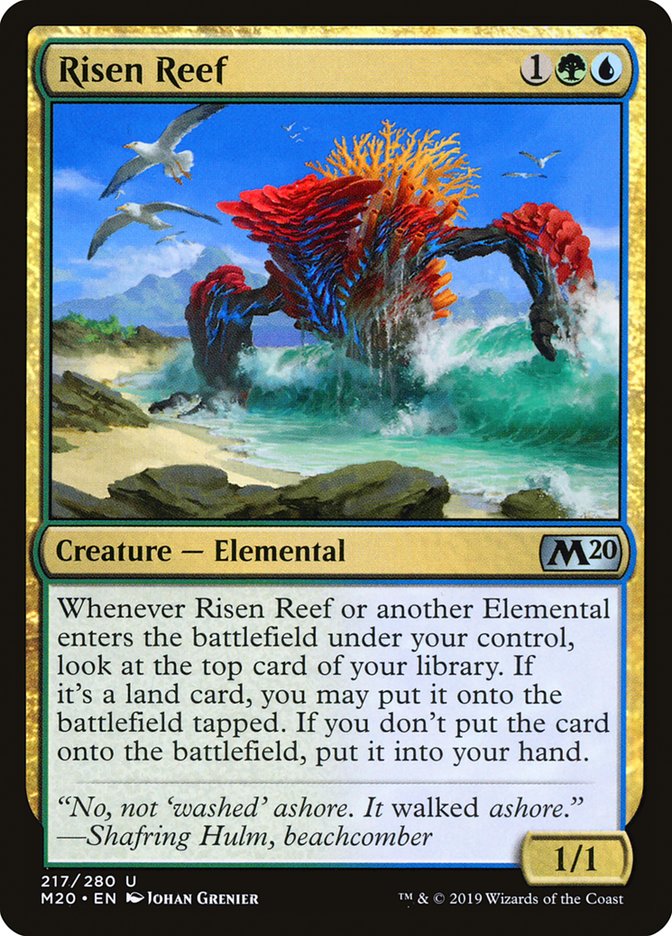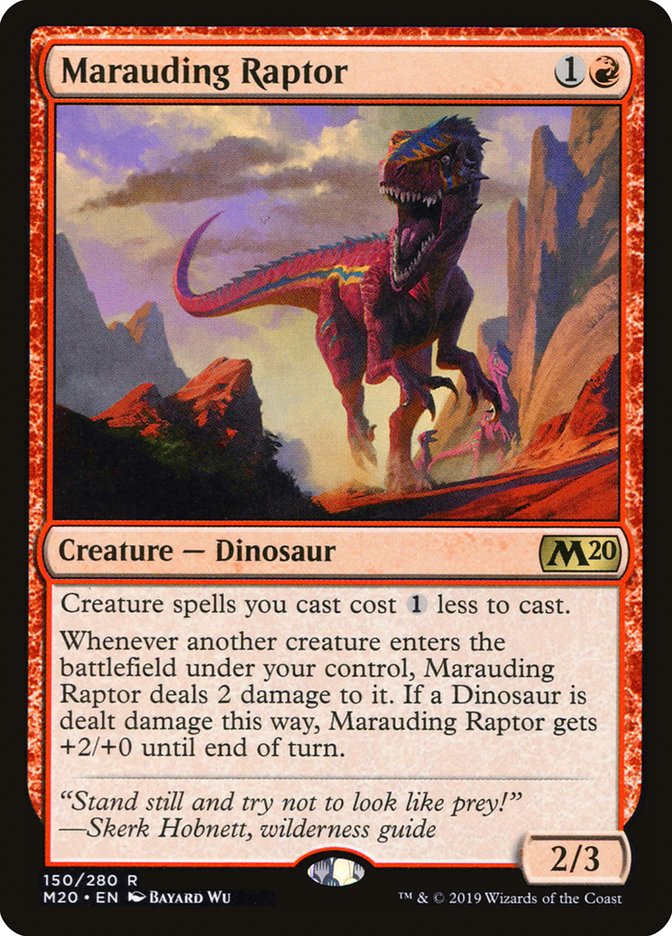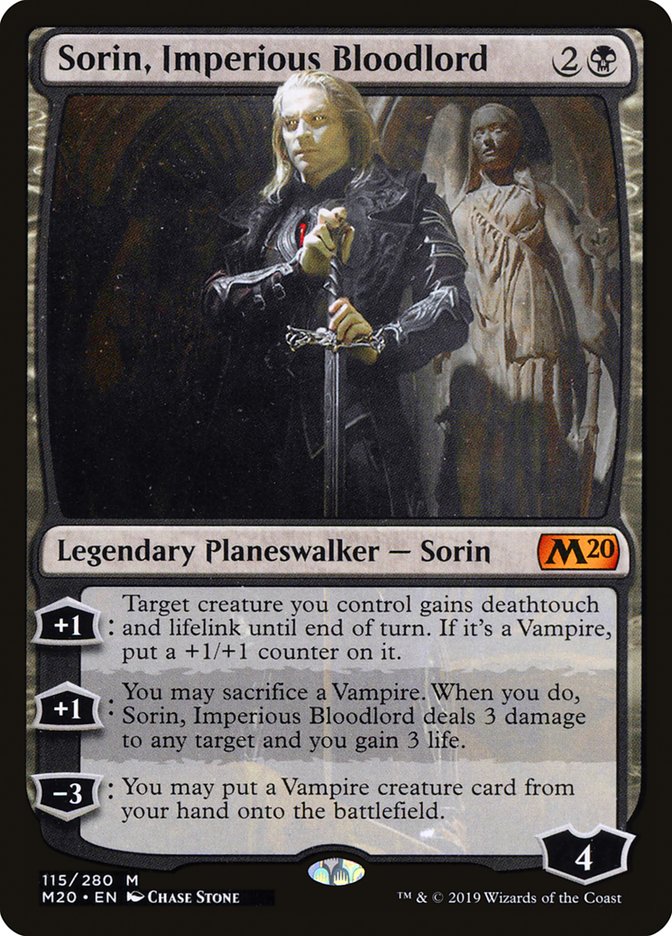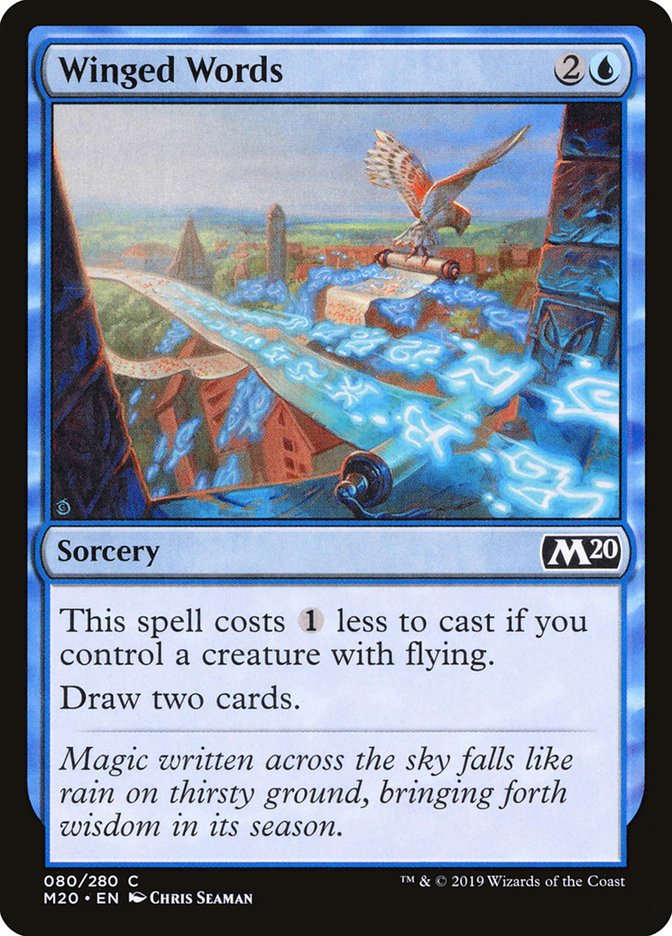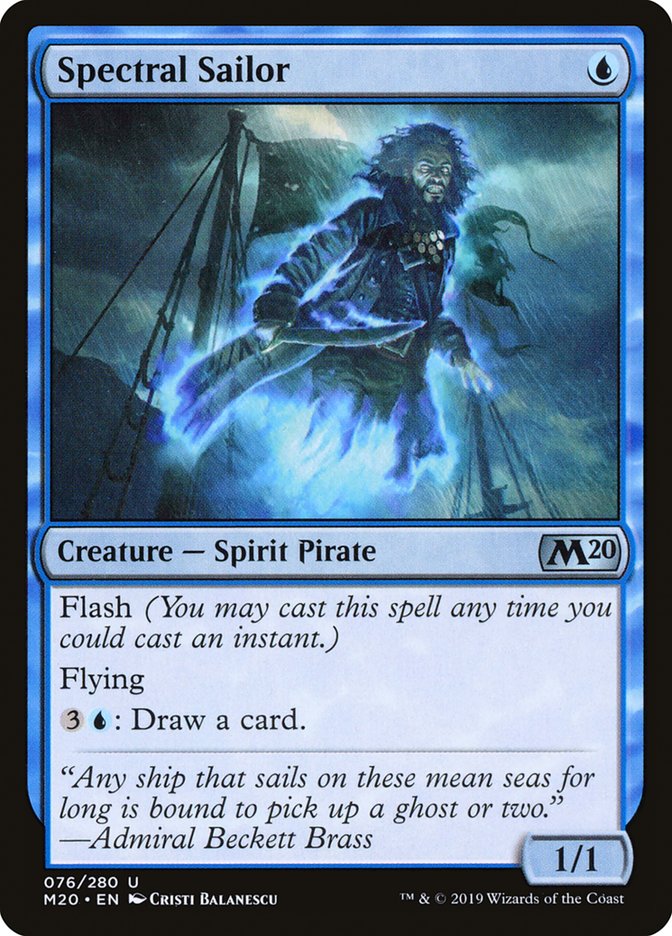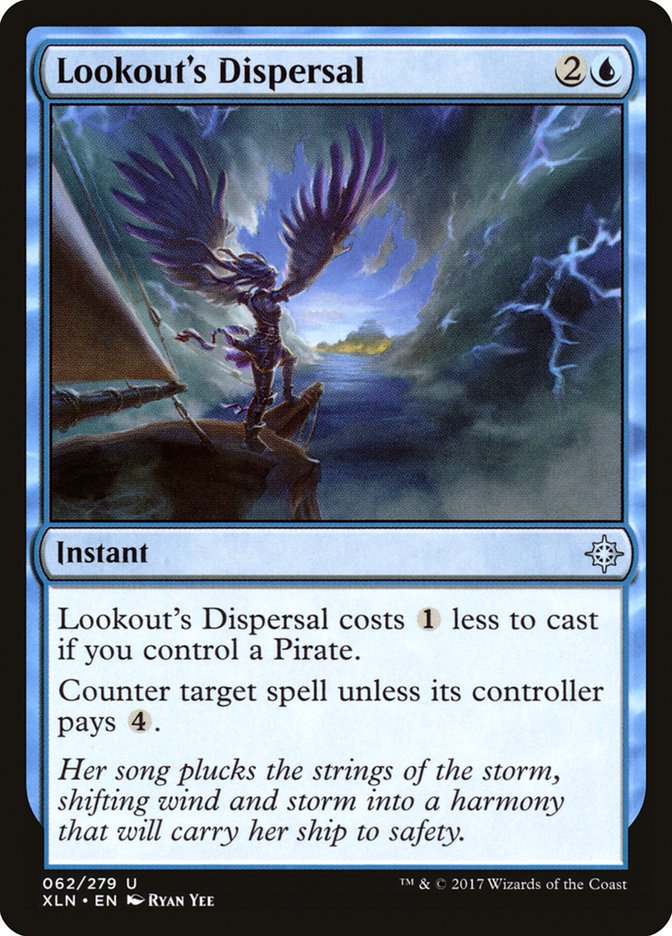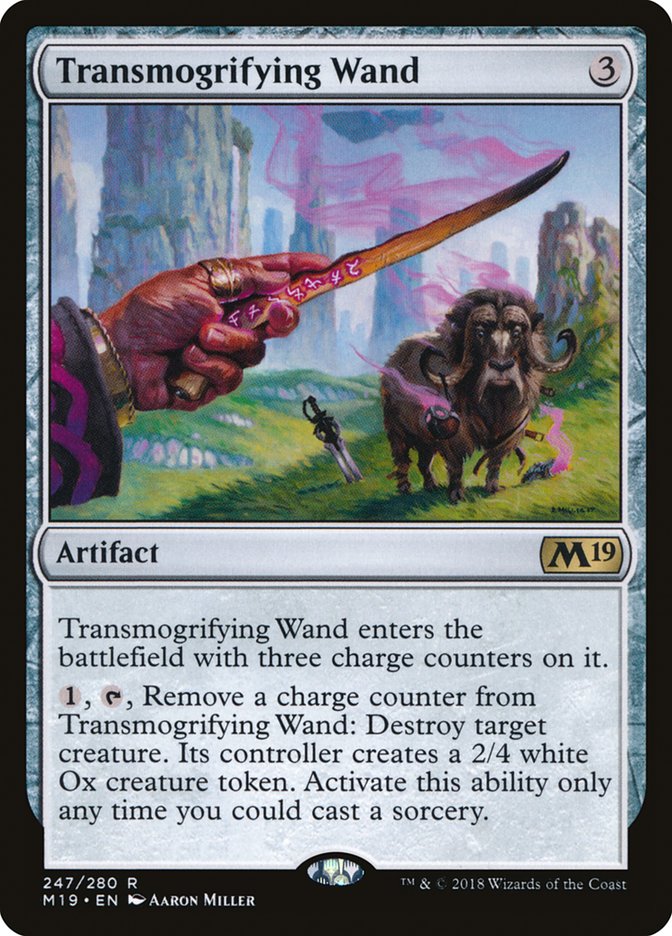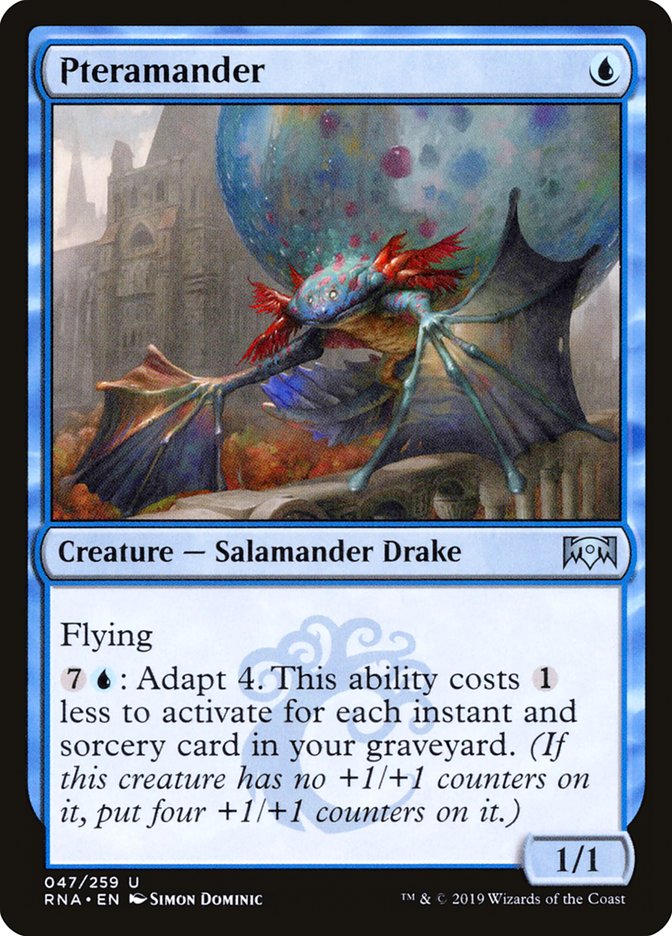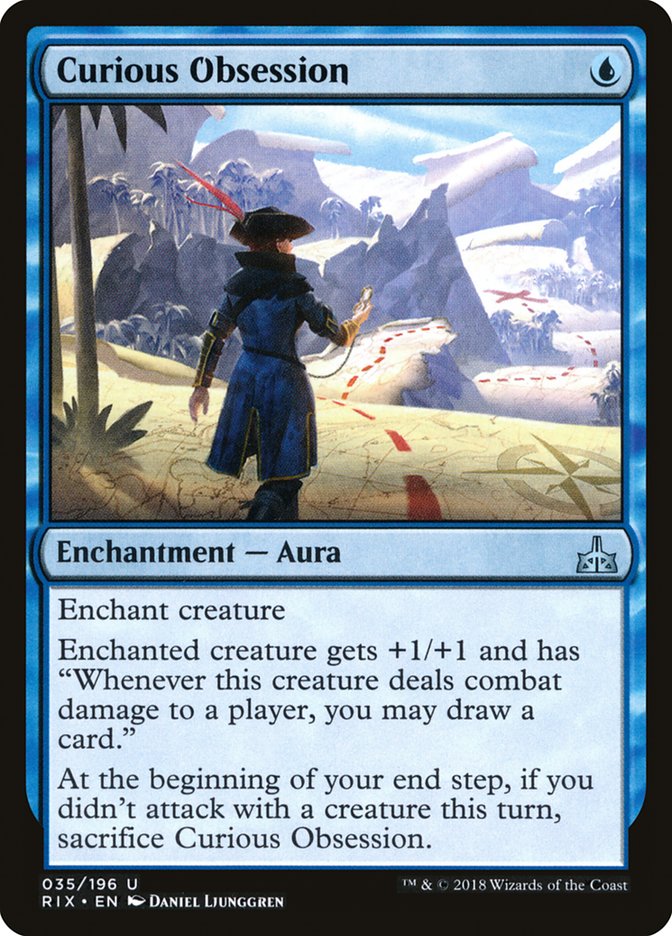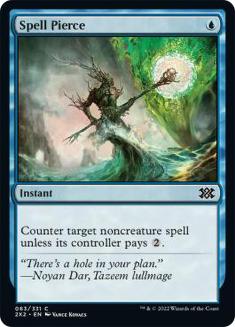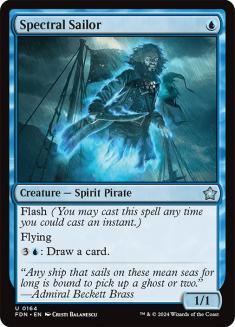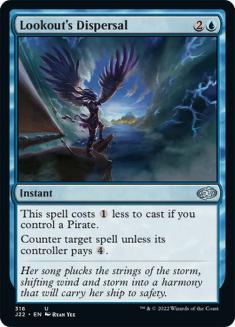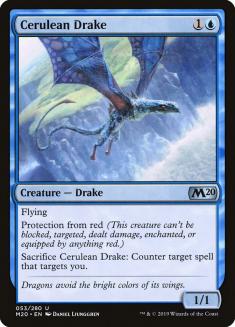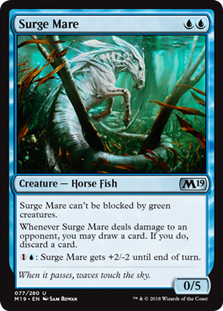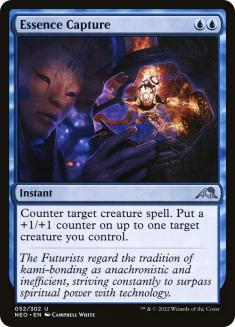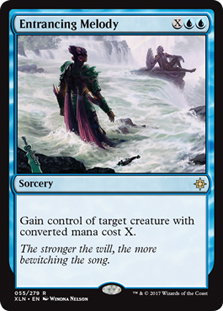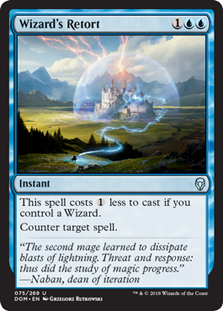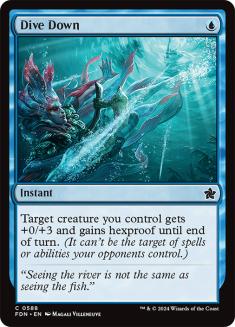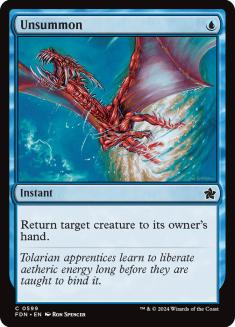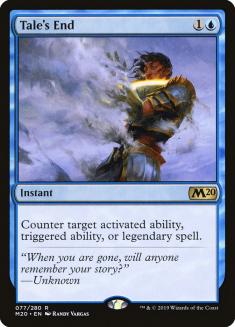The Standard format and I have a bit of an awkward relationship. The confident player in me likes to play lots of long, decision-intensive games where I can leverage the skill gap between myself and most of my opponents, but the midrange-loathing person in me hates that Standard is mostly ruled by midrange decks of varying flavors.
So when I found myself short on time last week to prepare for SCG Worcester, I knew my best plan was to lock in a deck early in order to get in the necessary reps with it, but none of the commonly discussed decks were particularly enticing. There were various flavors of Elementals, but as much as Risen Reef might remind me of Elvish Visionary, all those decks were mopey midrange piles, even if the red-centric lists with Creeping Trailblazer were more aggressively slanted.
If I wanted to really get aggressive, I’d have to look to other tribes, namely Dinosaurs and Vampires. The former added Marauding Raptor, which had impressed me, while the latter gained access to Sorin, Imperious Bloodlord, which is downright busted when surrounded by so many quality Vampires. But I was underwhelmed with Gruul at the Season One Invitational due to its weak manabase and Marauding Raptor does little to help there. Vampires has similar issues since it’s close to evenly split between white and black.
But on Monday I was offered hope from a Mythic Champion in a boss hat.
Seeing Autumn’s article and renewed confidence in Mono-Blue Aggro as an archetype reminded me of my foray into the deck prior to War of the Spark. While I never put up a great finish with the archetype, I enjoyed it immensely, and I had to agree that a shift back to Simic Nexus as well as the rise of green-base Elementals decks with little in the way of cheap removal made the deck significantly more attractive than it had been for the last several months.
Autumn does a great job breaking down the potential additions to the deck from Core Set 2020 in the above-linked article, and given their pedigree with the deck, I was happy to take their proposed list as a starting point.
Over my time testing the deck I learned three things that conveniently led to me changing three cards from the original list before Worcester:
Winged Words Is Unnecessary
Winged Words was supposed to be an upgraded Chart a Course, so you may be expecting me to say that Chart is better and so the new card is irrelevant. In fact, Winged Words is significantly better, but that doesn’t matter because Mono-Blue Aggro isn’t interested in this effect at all. Committing two mana at sorcery speed without affecting the battlefield is a huge liability against all but the most controlling archetypes, and you never want to cast it if that means taking your counter shield down. By the time you can safely cast it, you have enough mana to activate Spectral Sailor, which provides more than enough ancillary card advantage.
Spectral Sailor Made Lookout’s Dispersal Much Better
Reducing a three-mana counterspell to two mana is one of the reasons Mono-Blue Aggro is competitive. Before Spectral Sailor that counterspell was always Wizard’s Retort, since there were eight Wizards in the deck between Siren Stormtamer and Merfolk Trickster. But since Stormtamer is also a Pirate, we now have some options for our counterspells.
In a deck like Mono-Blue Aggro that’s trying to end the game fairly quickly, the condition on Lookout’s Dispersal is hard to meet, so already we’d prefer to have a closer mix of it and Wizard’s Retort just to give ourselves more options.
But there’s another factor at play – the ability to cast a counterspell on Turn 2. Both Pirates in the deck cost one mana, whereas only half of the Wizards do, so Lookout’s Dispersal is more likely to be online on Turn 2 than Wizard’s Retort. Having a counter on Turn 2 can be huge against Teferi, Time Raveler if we’re on the draw, or for simply maintaining parity against an aggro deck while we look to establish a Tempest Djinn or Curious Obsession.
The hard counter is still quite valuable in a world of mana creatures and Nissa, Who Shakes the World, but Wizard’s Retort is no longer an automatic four-of in the deck.
Transmogrifying Wand Is Not a Good Magic Card
Autumn included a single copy of the card in their sideboard to answer Shifting Ceratops, which is admittedly a problem card for our Mono-Blue deck that attacks with cheap flyers, but sometimes in Magic you just have to accept your weaknesses rather than play underpowered cards.
Wand has seen play in the deck before as an answer to Niv-Mizzet, Parun, but I struggle to adequately describe my disappointment every time I drew, read, and sorrowfully cast it in my testing.
In a metagame with a large number of Shifting Ceratops I would likely not play Mono-Blue Aggro, and in the metagame I was expecting, where Ceratops would primarily be a sideboard card out of Simic Ramp/Nexus decks, I had a favorable Game 1 and could reasonably hope to dodge or finesse my way around the card for another game win. You should be mindful of your Aether Gusts, since they can delay the Dinosaur for a turn, and afterward try to set up a wide battlefield that can win the game in one or two attacks.
With these lessons in mind, I registered the following list:
Spells (22)
- 1 Unsummon
- 4 Opt
- 1 Negate
- 3 Spell Pierce
- 2 Lookout's Dispersal
- 4 Dive Down
- 4 Curious Obsession
- 3 Wizard's Retort
Sideboard

The fourth Dive Down was my choice to replace the singleton Winged Words, first because I expected significant numbers of Veil of Summer and Fry, and Dive Down conveniently circumvents the “can’t be countered” clause, and second because I wanted to maximize the likelihood of my best draws in the first week of a new season, which for Mono-Blue Aggro consists of two Islands, a one-mana flyer, a Curious Obsession, and a one-mana protection spell.
A third Entrancing Melody made the cut over Transmogrifying Wand because it comes in against most Shifting Ceratops decks while also being among the most powerful cards against the mirror and other aggressive decks, which Mono-Blue notably struggles against. After the tournament I wish I had played a third Aether Gust instead, but that’s mostly based on my pairings not having many of those aggro decks and more mopey green decks where Gust excels.
Moving forward, it’s important to monitor the metagame and adjust accordingly, since Mono-Blue being an underpowered deck means deckbuilding mistakes are more readily punished.
If you’re looking to pick this deck up, which I’d highly recommend, I have two major pieces of advice:
Be Patient
The name Mono-Blue Aggro is somewhat of a misnomer, since this is more of a tempo deck than aggro. The difference between them is subtle but important to internalize. Both archetypes are trying to gain an advantage on the battlefield and close out the game before their opponent can recover, but they accomplish that goal in different ways. Aggro decks are low on interaction and look to ignore their opponents while coming out as quickly as possible. Tempo decks gain their advantage by interacting with their opponents. Dive Down, Spell Pierce, and Wizard’s Retort can all easily trade with spells that cost significantly more mana, and it’s your goal to maximize that mana advantage, even if that comes at the expense of advancing your battlefield.
A Mono-Blue Aggro opponent who blindly taps out for their creatures in the early-game opens a window for their opponent to answer those threats, thus leaving them with an anemic offense, if they have one at all, and a pile of reactive spells like Spell Pierce that quickly lose value as the game proceeds.
From Turn 1, you need to have an idea of how the game will play out over the next few turns, what kinds of interaction your opponent is likely to have, and how best to line up your threats and answers against those cards. Against decks that are low on interaction like Simic Ramp, that can mean slamming two copies of Curious Obsession on your Pteramander on Turn 2 and looking to secure a huge early advantage. But against decks with heavy interaction, that often means holding up Spell Pierce for their Thought Erasure and playing a turn behind the curve, but with a counterspell ready at each turn. You can win a long game provided you make good trades with your spells, especially with the addition of Spectral Sailor as another source of card advantage.
Having said this, I would caution you against overestimating the value of the bluff. Taking a turn off when you don’t have protection, just to seem like you do, is a poor plan because your key cards – Tempest Djinn and Curious Obsession – are so powerful that few opponents have the luxury of playing around your protection. Every turn those cards are on the battlefield represents either a huge attack or cascading card advantage, so you’re highly likely to have your bluff called. If you are low on your own interaction, it’s best to play out like an aggro deck and hope for the best.
Do Your Metagame Homework
I mentioned this earlier from a deckbuilding/tuning perspective, since it’s important to surround your underpowered creatures with the best possible interaction for the metagame, but it’s important for playing the games at a high level, too. As a deck that wins on generating a huge tempo advantage, Mono-Blue Aggro is accustomed to playing from ahead. When trying to maintain or expand an advantage, it’s important to quickly and accurately determine the likely ways in which your opponent can come back, and play to eliminate or at least minimize those possibilities.
Of course, in order to effectively do this, you have to know what cards your opponent has access to, from common pieces of removal to their creature suites to key sideboard cards. This is always going to be a series of judgement calls unless decklists are open, but making the 70% play instead of the 60% play is still a significant edge you’ll want to take time and time again.
I’d recommend taking some time to review the lists of common archetypes and familiarize yourself with their basic structure, common sideboard cards, and the differences between variants, like the more aggressive Temur Elementals decks versus the ramp Elementals decks or between Esper Hero and Esper Superfriends. Being able to quickly identify exactly what your opponent is playing makes playing an intricate deck like Mono-Blue Aggro much easier.
As long as the Standard metagame stays relatively low on the aggressive decks and high on creature-centric midrange decks that are designed to punish Esper’s Teferi, Time Ravelers, Mono-Blue Aggro will be a good choice. It can be scary playing a deck with so few answers to permanents on the battlefield, but once you get the knack for how to carefully sequence around your opponent’s problematic cards, the deck becomes a well-oiled machine that at times looks unstoppable.
The Sideboard Guide
Note that for the purpose of this guide I’m using my exact list from Worcester.
VS Temur Elementals (Red-Based)
Out:
In:
VS Temur Elementals (Green-Based)
Out:
In:
Both lists of Temur Elementals are creature-heavy and are capable of putting a significant clock on you if you play too carefully around their limited interaction, so Spell Pierce and Negate are easy cuts. Because you don’t have a ton of time, Spectral Sailor is expendable, which then makes Lookout’s Dispersal weaker. You’re bringing in several two-mana counterspells, so having Dispersal come online faster than Wizard’s Retort is also less important.
The choice between Cerulean Drake and Entrancing Melody comes down to the presence of Hydroid Krasis versus red removal spells. Against the aggressive deck, Cerulean Drake provides a solid blocker that can wear a Curious Obsession without the need for protection backup, so it comes in against every deck with Shock / Lightning Strike / Lava Coil.
VS Orzhov Vampires
Out:
In:
I treat this matchup like Azorius Aggro, where their low curve means you don’t want many counterspells, but much like Spell Pierce is effective against History of Benalia in that matchup, it’s a necessary evil to stop Sorin, Imperious Bloodlord here. Sorin is very difficult to remove from the battlefield without a Tempest Djinn and impossible to race, so be careful not to let one resolve if you can help it.
VS Simic Nexus
Out:
In:
You can keep in a Dive Down or two if your opponent has Kraul Harpooner, but otherwise I’d rather focus on having plenty of counterspells to win fights against Veil of Summer. Also, if you suspect your opponent doesn’t have Shifting Ceratops, I like trimming a Tempest Djinn or two, since it can be hard to find the time to commit three mana to it and you don’t need that many creatures unless you’re trying to attack through the Dinosaur.
VS Mono-Blue Aggro
Out:
In:
The mirror is generally about surrounding the high-impact cards (Tempest Djinn, Entrancing Melody, Curious Obsession) with more cheap spells so you win the counter wars over them. That means trimming on the more expensive counterspells, though you want to have a two-mana counter for Tempest Djinn on the draw, and the two copies of Essence Capture aren’t enough. The worst creature is Spectral Sailor, so it gets trimmed to leave room for two of the more expensive counterspells.
VS Mono-Red Aggro
Out:
In:
On the draw I’d consider leaving in a second copy of Spell Pierce over the second Essence Capture, but the latter’s ability to counter Runaway Steam-Kin, one of Mono-Red’s best cards in the matchup, on the play is too important. Experienced Mono-Red pilots will bring out their Experimental Frenzies and bring in Fry, so there aren’t that many juicy targets for Spell Pierce.
The goal here is to keep your life total high and establish a Tempest Djinn. Don’t leave in too many counterspells, since Cerulean Drake and Siren Stormtamer can keep you safe against lethal burn, and treat them like most other aggro decks.
VS Esper Hero
Out:
In:
Tale’s End excels against Esper decks as a clean counterspell for their most important spells (note that Oath of Kaya is among this group) and the potential Lyra Dawnbringers from the sideboard. Their spells are all very high-impact, so you have to be patient in this matchup and ensure they don’t get full value out of their four- or five-mana plays or you will quickly fall behind trying to assemble the resources to answer them. That means I like trimming a creature and keeping in maximum amounts of interaction, and I think Trickster is the worst creature in the matchup, since it does little on both offense and defense against their threat base.
The creatures are all high-impact enough that I prioritize Essence Capture over Negate here, and I rely on Spell Pierce to stop an early Teferi, Time Raveler, which is the easiest way to lose a game.
VS Simic Flash
Out:
In:
Because of the threat of Unsummon and Merfolk Trickster, I value Dive Down more than Spell Pierce, and this is a matchup where their creatures are more important than the spells anyway. Mono-Blue Aggro’s curve is significantly lower, so you should be able to get ahead on the early turns, at which point it’s just a matter of playing carefully and hoping they don’t have too many copies of Shifting Ceratops.
If they bring in a card like Growth-Chamber Guardian to take a more aggressive posture, you’ll likely want the singleton Surge Mare over either a Dive Down or a Spectral Sailor, depending on how much interaction they have.
VS Boros Feather
Out:
In:
I’ve gone back and forth on whether or not I want a single Entrancing Melody or the Surge Mare in the last slot, and ultimately I’m siding with the high-risk, high-reward card in a bad matchup. Surge Mare is mainly there to contain Adanto Vanguard which we can do with Merfolk Trickster much of the time, while Legion Warboss and Feather, the Redeemed are nightmares to answer. Prioritize holding up counterspells for those cards unless you’re under immense pressure from the cheaper creatures. If you can keep those off the battlefield, then they’re a mediocre aggro deck and you should be in good shape.


